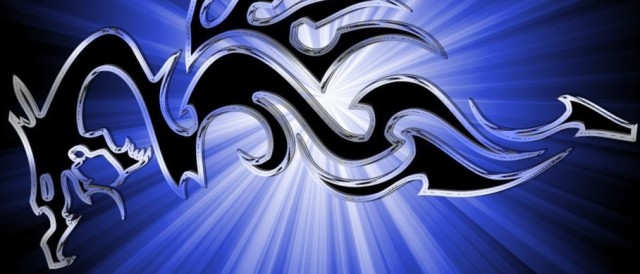Indigenous tattoos in the Americas have a rich and diverse history, reflecting the unique cultural traditions and spiritual beliefs of the many different tribes and nations that call the Americas home.
From the Native American tribes of North America to the Mayan and Aztec civilizations of Central and South America, indigenous tattoos have played a significant role in the lives of indigenous peoples for thousands of years.
Each tribe and nation had their own unique style of tattoos, reflecting their cultural and spiritual beliefs. The tattoos were often used in ritual ceremonies and held spiritual significance, serving as a way to connect the wearer with their ancestors, gods, and the natural world.




